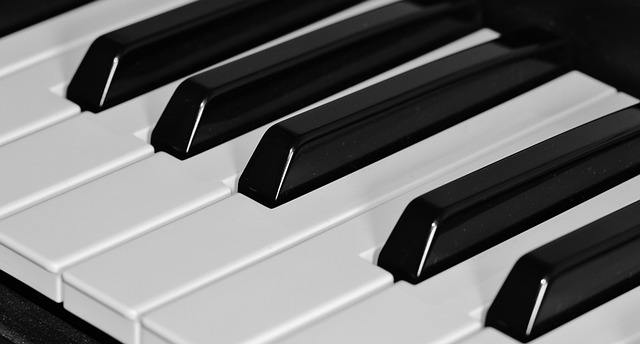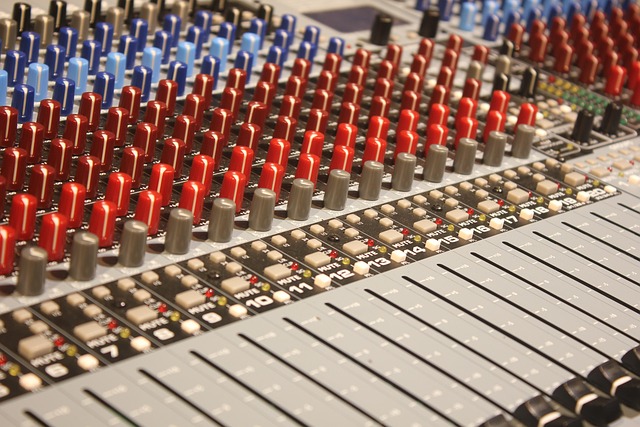Optimizing Audio Recording Quality: Mastering Buffer Size
When diving into the world of audio recording, one simple yet powerful setting can make a significant difference in the quality of your recordings: buffer size. For both beginners and seasoned audio engineers, understanding and mastering buffer size is a crucial step toward achieving crisp, clean sound without frustrating glitches or delays.
What is Buffer Size?
In the context of audio recording, buffer size refers to the amount of data your computer processes at once when recording or playing back audio. Think of it as a temporary holding space—a buffer—to ensure smooth flow between your hardware and software.
When you hit “record,” your audio interface captures sound waves, converting them into digital data. This data then gets batched into chunks defined by your buffer size before being sent to your computer’s CPU for processing. The size of these chunks affects latency, performance, and overall sound quality.
The Delicate Balance of Buffer Size
Choosing the right buffer size is akin to tuning the heartbeat of your recording setup. A smaller buffer size reduces latency, which is the delay between input (playing an instrument or singing) and output (hearing it on your headphones). This instantly feels more natural and responsive—essential for real-time monitoring or playing virtual instruments.
However, smaller buffers demand more from your CPU. If your system can’t keep up, you may experience pops, clicks, or dropouts in your audio, which can quickly break your creative flow.
On the other hand, a larger buffer size is kinder to your CPU, reducing the chance of glitches and making it easier to manage complex sessions with many tracks and plugins. The trade-off is increased latency, which might feel off-putting when recording live parts.
Finding Your Sweet Spot
Every recording setup is unique. Key factors influencing your ideal buffer size include your computer’s processing power, audio interface, DAW (Digital Audio Workstation), and project complexity.
- For tracking: Start with a buffer size between 64 and 256 samples to minimize latency and keep your performance tight.
- For mixing: Increase the buffer size to 512 or 1024 samples to give your CPU breathing room and ensure stable playback.
- Monitor system performance: If you hear glitches or experience crackling sounds, try increasing the buffer size.
- Test and adjust: Don’t hesitate to tweak buffer size settings during sessions to see what fits best.
Tips to Optimize Buffer Size Performance
Mastering buffer size goes hand-in-hand with good system optimization:
- Close unnecessary applications: Free up CPU resources by shutting down non-essential programs during recording.
- Update audio drivers: Ensure your audio interface drivers are current for smoother performance.
- Use efficient plugins: Some effects are CPU-intensive; consider freezing or bouncing tracks when mixing.
- Adjust your sample rate: Higher sample rates require more processing power; balance quality with performance.
By approaching buffer size with the same care and attention as your instrument or microphone choice, you empower yourself to capture audio that feels as authentic and immersive as possible. Remember, it’s all about balance—finding that perfect buffer size transforms your recording experience from frustrating to inspiring.



